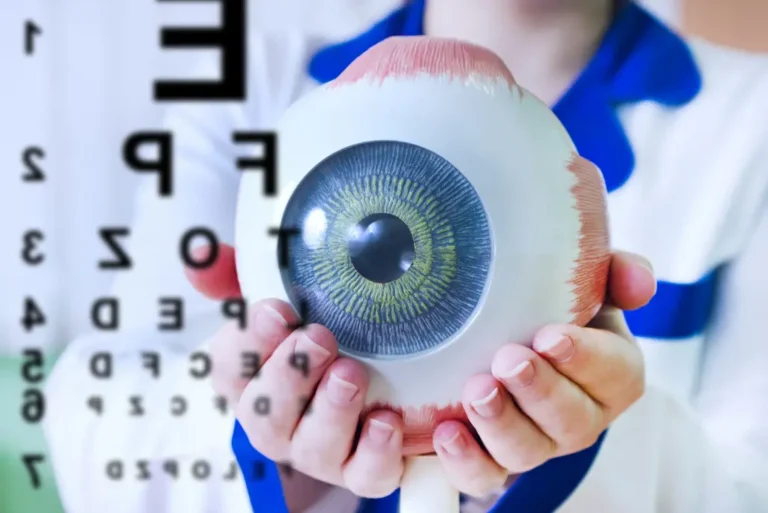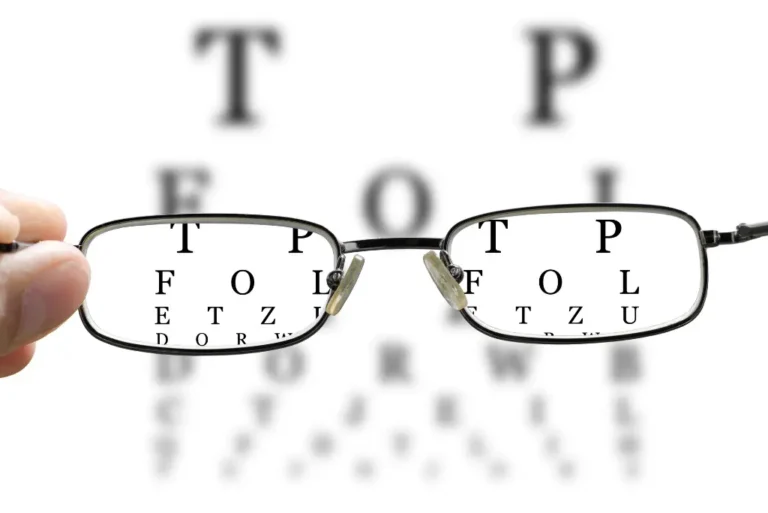If your child is squinting at the board, sitting too close to the TV, or complaining of headaches, it might not just be screen time — it could be school-age myopia.
Myopia (short-sightedness) is now affecting children at younger ages and progressing faster than ever. But the good news? Early detection and proper care can stop myopia progression — and give your child a clearer future.
Why Early Screening Matters More Than Ever
School-age myopia screening isn’t just a precaution — it’s essential. Studies show children with unchecked myopia can develop high myopia later in life, increasing the risk of retinal issues and long-term vision loss.
That’s why leading eye care providers, like Optimax and our OptiKidz® program, recommend annual screenings starting from age 3 — especially if parents have a history of myopia.
Early screening helps:
- Detect subtle vision issues before school performance suffers
- Identify children at high risk of rapid progression
- Create a baseline for customised myopia management
How Myopia Progresses Without Control
In school-aged children, myopia can progress silently. Left unmanaged, prescriptions can worsen rapidly year by year, affecting:
- Academic confidence
- Outdoor and sports activity
- Emotional well-being
But myopia isn’t just about glasses. It’s about managing eye growth and health. That’s where a dedicated myopia control clinic near me becomes crucial.
What Happens at a Myopia Control Clinic
At our OptiKidz® Myopia Control Clinics, your child receives:
- Comprehensive axial length and prescription testing
- Behavioural assessments (screen use, reading distance, outdoor time)
- Individualised myopia control plans
We use evidence-based strategies like:
- Ortho-K (night lenses)
- Myopia control spectacle lenses
- Low-dose atropine eye drops
- Repeated low-level red-light (RLRL)
Everything is explained clearly, so both kids and parents understand how to manage progression.
What Parents Should Watch For
Be proactive if you notice:
- Your child holding devices too close
- Sitting near screens despite large displays
- Frequent eye rubbing or squinting
- Avoidance of reading or outdoor activities
- Head tilted to one side or turning head sideways
Even if vision seems “fine,” it may not be. That’s why annual school-age myopia screenings are your best defense.
“Children won’t always say they can’t see. It’s up to us to spot the signs early.”
FAQ
Q: At what age should my child have their first myopia screening?
A: We recommend starting at age 3 or earlier if there’s a family history of myopia.
Q: Can myopia really be stopped or slowed?
A: Yes — with early intervention and the right treatment plan, progression can be significantly reduced.
Q: Does every eye clinic offer myopia control services?
A: No. Look for a dedicated myopia control clinic with experience in managing school-age myopia.
Ready to Act? Here’s What to Do
If your child hasn’t had a recent eye screening — or you’re concerned about myopia running in the family — now is the time.
Find a myopia control clinic near you, or visit one of Optimax’s growing number of centres offering our award-winning OptiKidz® program.
Protect your child’s vision. Book a school-age myopia screening today and get expert guidance on stopping it from getting worse.




